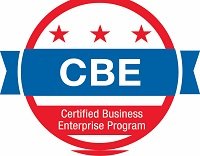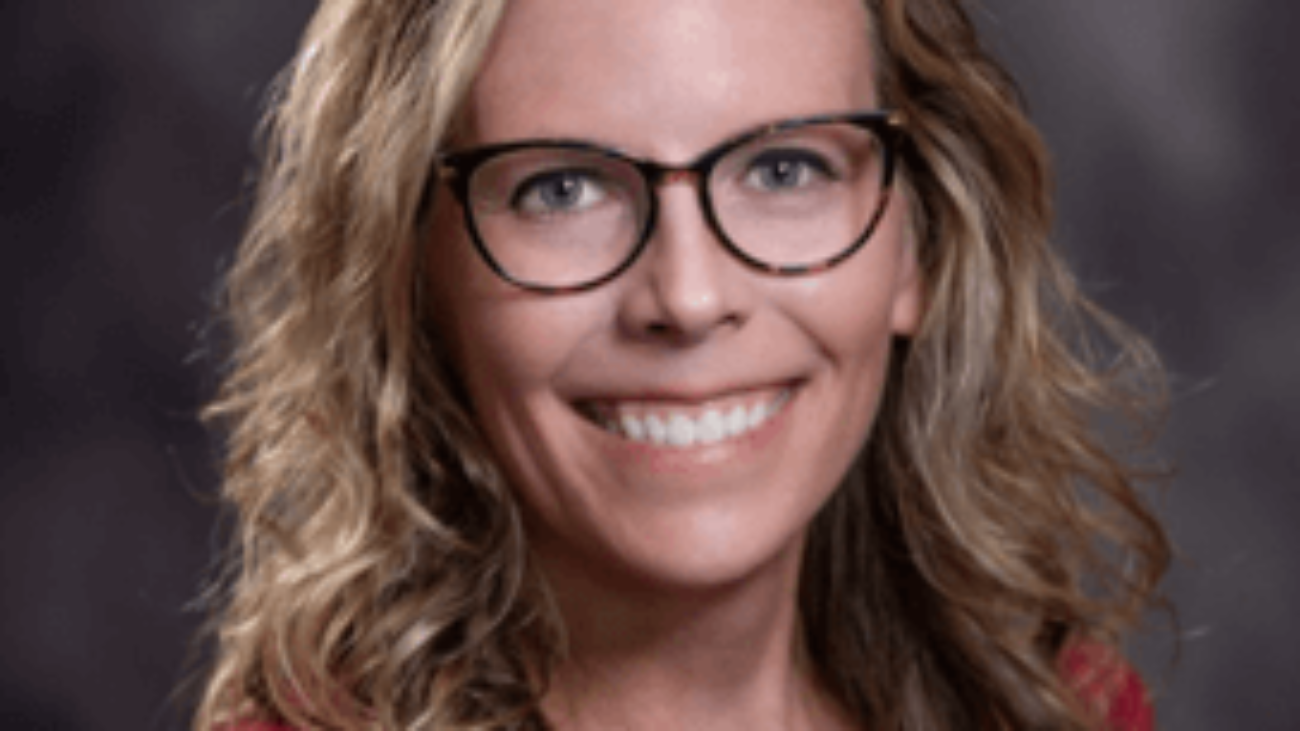It is near the end of the year retirement processing “surge” at the Office of Personnel Management’s Boyers, Pennsylvania, Retirement Operations Center. This is when the employees who process your retirement applications are preparing to receive about 25% of the entire year’s retirement applications in the months of January and February.
In 2023, OPM received 21,962 retirement applications in January and February while the other 10 months of the year they received 66,807. This year, OPM received 21,791 applications in January and February and so far from March through August, there were 41,048 applications received compared with 42,246 for the same period in 2023. This is because the end of the year is a popular time to retire when employees are trying to maximize their lump sum payout of unused annual leave.
Employees who earn eight hours per pay period, and who carried over 240 hours from 2023, may have a balance of 440 hours at the end of December if they haven’t used any of their accrued leave this year. Employees who retire on Jan. 11, 2025, will accumulate an additional annual leave accrual for the 2024 leave year since the year doesn’t end until that date.
There is a tradeoff for waiting out this last pay period since their retirement benefit won’t begin until February 1 instead of January 1 for those employees who retire on Dec. 31, 2024. CSRS-covered employees (including CSRS Offset) can choose to retire on Jan. 3, 2025, and their retirement will begin on January 4, allowing a partial January retirement payment for the month.
Today’s column is not about retirement processing, but it is about federal couples, or tandem couples as they are called in the Foreign Service and the CIA. These are spouses who serve in the same federal agency or a married couple who work for different federal agencies. These couples have some unique issues when it comes to important retirement decisions regarding their federal retirement and insurance benefits. The two most common questions I receive from federal employees who are married are:
- Should we carry two self only plans under the Federal Employees Health Benefits program or a single self-plus-one plan if we don’t need to cover children?
- Do we need to provide survivor annuities for each other?
Health Coverage
The answer to the question about health plans depends on the working situation of the couple. Are both spouses retired, or are they still employed? Is one spouse retired while the other is still employed?
The benefit of two self only plans is that it allows each spouse to choose the health plan that works best for them. For example, one spouse might be over 65, retired and needing a plan that will work well with Medicare Parts A and B. The other spouse might be retired, but younger than 65, and might want to contribute to a health savings account by using a high deductible health plan. Having two separate self-only plans also could be less expensive than a single self-plus-one or self and family enrollment.
On the other hand, when one spouse retires, it may be more cost effective for the working spouse to maintain health benefits for both spouses, since employees can pay premiums with pre-tax funds allowing for substantial tax savings.
Important: If one spouse is not eligible to retire at the time they separate from federal service, then it’s critical to transfer health insurance coverage to the spouse who is working and will be eligible to maintain insurance in retirement. The spouse who is covered under the self plus one or family enrollment of their resigning spouse can enroll in FEHB because losing coverage under your spouse’s FEHB plan is a qualifying life event for enrollment by the federal employed spouse.
Survivor Benefits
The issue of electing a spousal survivor benefit is not only a way to provide income to a surviving spouse but may also be required to pass on FEHB coverage as well.
As long as both spouses have individual entitlement to FEHB (if both stay employed long enough to qualify for an immediate retirement benefit), there is no need to provide a survivor’s annuity to maintain health benefits. If one spouse loses entitlement when the other spouse who had self plus one or self and family enrollment dies, then the surviving spouse can elect to have coverage via their own retirement benefit.
Although your spouse may not need the survivor annuity to provide continuation of FEHB coverage, it may be important to provide additional income to a surviving spouse when the retiree dies. It boils down to this basic question: If you’re covered under the Federal Employees Retirement System, can you live on the balance of your TSP investments along with the higher of your two Social Security retirement benefits and one FERS retirement benefit if your spouse dies?
Remember that while both of you are living and receiving Social Security retirement benefits, you get two payments every month, along with two FERS retirement benefits. You also presumably have investments in one or two Thrift Savings Plan accounts, but the balances might be small due to the need for long-term care or other unforeseen expenses later in life.
There is no way of knowing for certain how long you or your spouse will live. A survivor annuity can serve as insurance against the loss of income due to the death of your spouse. If your spouse predeceases you, then you can restore your retirement benefit to its full, unreduced amount.
Remember, your spouse is entitled by law to a survivor annuity when you retire from federal service. If you want to choose not to provide a full or partial survivor annuity to your spouse, you have to get their notarized consent, regardless of whether they are entitled to their federal retirement benefit.












